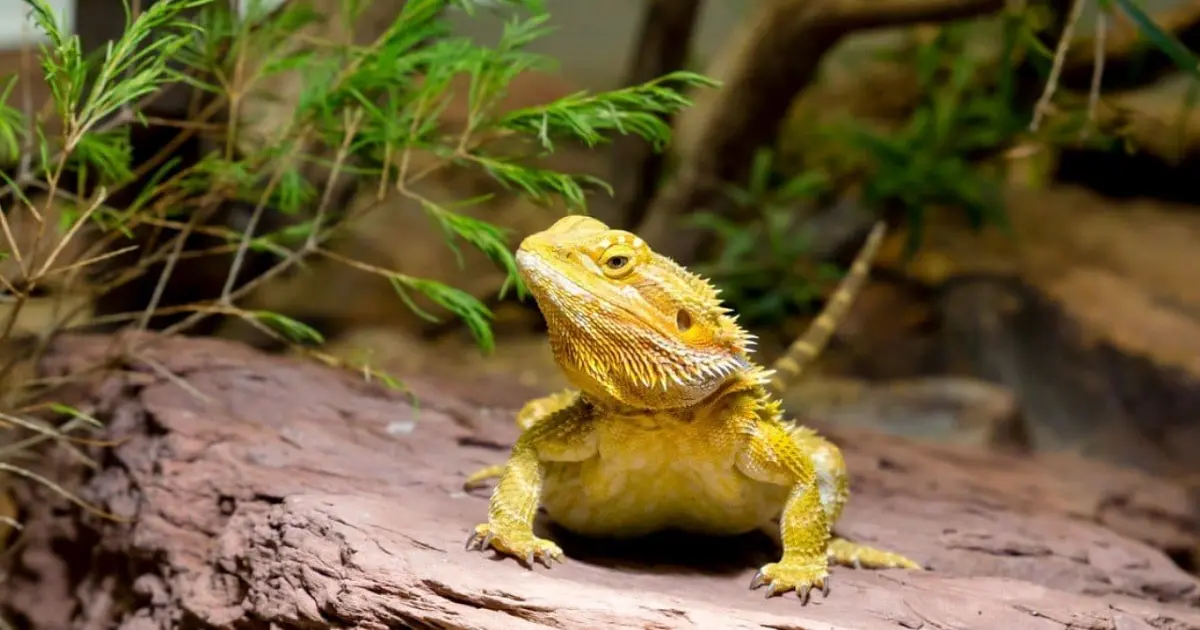Inviting a reptile into your home as a pet is a distinct and captivating experience. Among the array of snakes, lizards stand out for their diverse appearances and intriguing behaviors, making them a popular choice for reptile enthusiasts. However, not all lizard species are equally suited for every individual or living situation. Selecting the best lizard as a pet involves thoughtful contemplation of size, habitat, disposition, and care needs. This comprehensive guide explores the best lizard for pets ownership. By the end, you’ll be equipped to make an educated choice that aligns with your preferences and lifestyle.
Critical Factors in Choosing the Best Lizard for Pets
Before you decide on a lizard species, several factors deserve careful consideration to ensure a fulfilling and successful experience as a pet owner.
Size:
Foresee the potential size of the lizard as it matures. Some species remain compact, ideal for smaller living spaces, while others grow considerably larger, necessitating more expansive enclosures.
Temperament:
Different lizard species boast varying characters. Some are calm and comfortable with handling, while others lean toward skittishness and limited interaction.
Habitat Needs:
Understand the specific habitat and environmental requirements of the chosen lizard. Proper enclosure setup, lighting, humidity levels, and temperature range are essential for their well-being.
Dietary Preferences:
Lizards exhibit diverse dietary preferences, ranging from insectivorous to herbivorous. Make sure you’re prepared to provide the necessary foods and supplements.
Lifespan:
Keep in mind the potential lifespan of the lizard. Some species live longer than others, demanding a significant long-term commitment to their care.
Best Lizard Species for Pet Ownership
Leopard Gecko (Eublepharis macularius):
These docile lizards are an excellent choice for beginners. Their unique patterns and relative ease of care make them a popular option. They boast a small size and a relatively lengthy lifespan of 10 to 20 years.
Crested Geckos (Correlophus ciliates):
With their striking appearance and gentle temperament, crested geckos are suitable for families and newcomers. Their care is relatively straightforward, and they don’t require specialized lighting.
Bearded Dragon (Pogona vitticeps):
Known for their friendly nature, bearded dragons are personable and pleasant reptiles. They necessitate larger enclosures and have specific temperature and UVB lighting requirements. These lizards live for approximately 10 to 15 years.
Blue-Tongued Skink (Tiliqua spp.):
Recognizable by their blue tongues, blue-tongued skinks are giant reptiles known for their calm temperament. They are relatively easy to handle, but their size and habitat necessities should be considered.
Anoles (Anolis spp.):
Anoles are agile, tiny lizards that are ideal for beginners. While they may not be keen on frequent handling, they offer an engaging display in a well-equipped enclosure.
Essentials of Lizard Care
Regardless of the chosen lizard species, certain care essentials are universal:
Enclosure Setup:
Design an appropriate enclosure with a suitable substrate, hiding spots, climbing opportunities, and a range of temperatures.
Dietary Care:
Extensively research and provide a suitable diet, whether insects, fruits, vegetables, or a combination.
Lighting Considerations:
Some lizard species require UVB lighting to metabolize calcium properly. Ensure your lighting setup is accurate.
Hydration Management:
Offer a consistent water source and maintain appropriate humidity levels tailored to the specific lizard species.
If you want to know about Leopard Geckos LifeSpan let’s delve into this article.
FAQs About Best Lizard for Pets
Q1: Are lizards suitable for beginners?
A1: Certain lizard species, like leopard geckos and crested geckos, are highly recommended for beginners due to their straightforward care needs.
Q2: What is the average lifespan of lizard pets?
A2: The lifespan varies depending on the species. Leopard geckos may live 10 to 20 years, crested geckos approximately 15 years, and bearded dragons around 10 to 15 years.
Q3: Can I handle my lizard pet?
A3: The degree to which lizards tolerate handling varies. Research your chosen species to gain insight into their temperament and preferences.
Q4: What do lizards eat?
A4: Lizard diets span a broad spectrum. Some consume insects, while others partake in a mix of insects, fruits, and vegetables. Research the specific dietary needs of your chosen species.
Q5: What type of enclosure do lizards require?
A5: Enclosures should emulate the natural habitat of the lizard. Provide hiding spots, climbing opportunities, and proper heating and lighting provisions.
Conclusion
Selecting the perfect lizard species for pet companionship involves a thoughtful assessment of size, temperament, habitat needs, and your capacity to provide appropriate care. Whether you settle on a leopard gecko, crested gecko, bearded dragon, blue-tongued skink, or anole, each species brings a distinctive allure to your living space. By grasping their requirements and dedicating time to their well-being, you can establish a gratifying bond with your lizard companion that has endured over the years.

